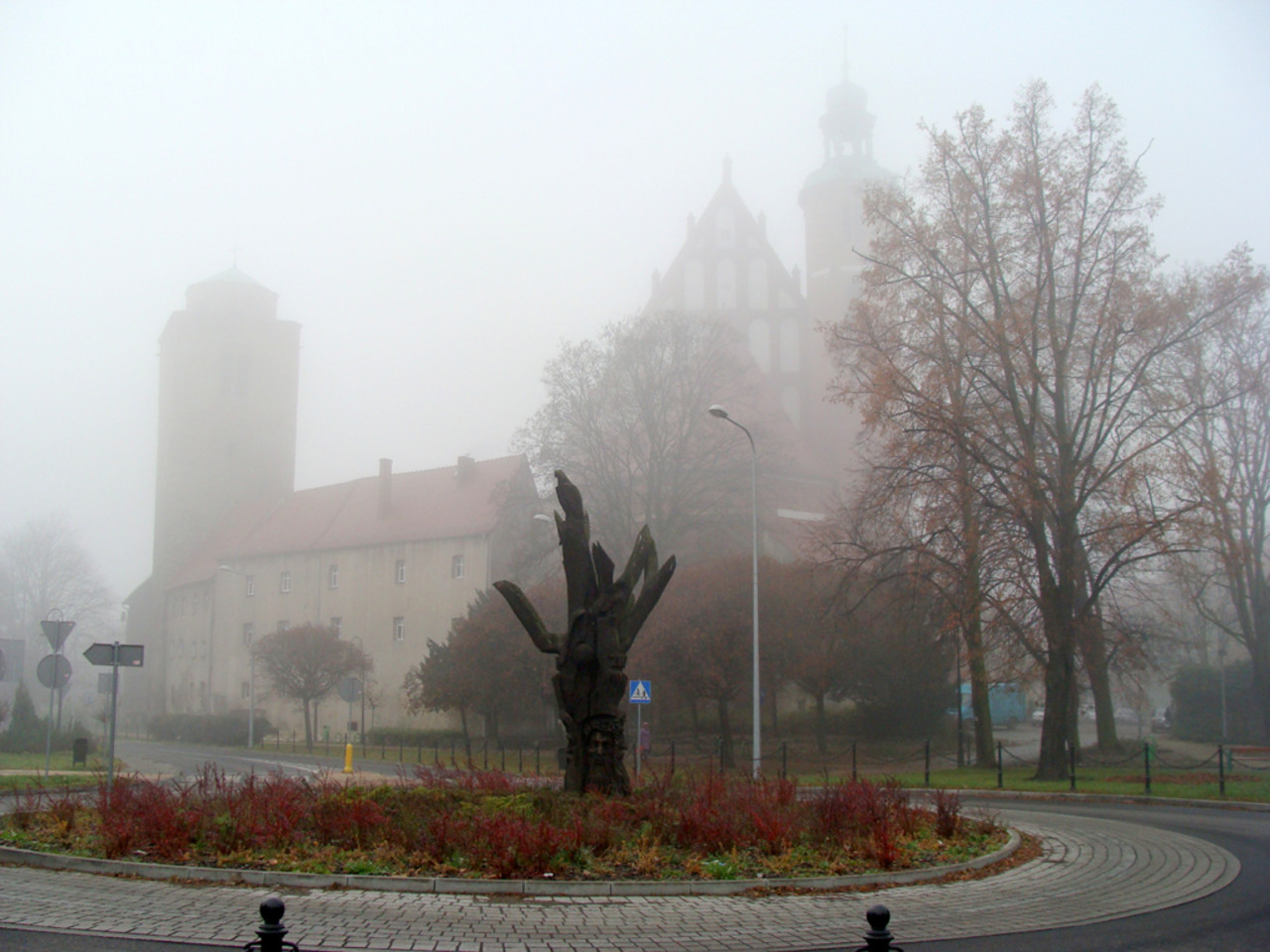Wine Tasting
What is a wine tasting particular person called?
A wine tasting individual is also known as a oenophile. This term describes someone who has a love for wine and appreciates its numerous qualities.

Do you eat throughout a wine tasting?
When attending a wine tasting, it’s fairly frequent to include some meals within the expertise. While the principle focus is on sampling various wines, food can improve the general tasting experience.
Why Eat During a Wine Tasting?
Eating during a wine tasting helps to:
- Balance Tannins: Foods can soften the astringency of high-tannin wines.
- Enhance Flavors: Pairing meals with wine can convey out distinctive flavors in both the wine and the dish.
- Prevent Overindulgence: Having food might help mitigate the effects of alcohol, permitting for a extra gratifying tasting session.
What to Eat?
Typically, mild snacks are offered at wine tastings. These would possibly embody:
- Cheese platters
- Charcuterie boards
- Olives and nuts
- Breads and crackers
In abstract, while you do not have to eat throughout a wine tasting, including meals can improve your experience and permit for better appreciation of the wines being sampled.
What are the processing steps of wine?
The processing steps of wine involve several phases that transform grape juice into the finished product enjoyed in wine tasting. Each step performs a crucial role in figuring out the wine’s flavor, aroma, and overall high quality.
1. Harvesting
The first step within the winemaking course of is harvesting the grapes. This may be done both by hand or utilizing machines, sometimes taking place in late summer or early fall when the grapes attain their optimal ripeness.
2. Crushing and Destemming
After harvesting, the grapes are crushed to release their juice. This process may also involve destemming, where stems are removed to avoid bitterness in the ultimate product. The result’s a combination of juice, skins, and seeds often known as must.
3. Fermentation
The should undergoes fermentation, where yeast is added to transform sugars into alcohol and carbon dioxide. This step can take from a quantity of days to weeks, and the temperature is fastidiously managed to make sure optimum fermentation.
4. Pressing
After fermentation, the wine is pressed to separate the liquid from the solids. This step is important, especially for purple wines, to extract shade and tannins from the skins. The pressed juice is collected as the new wine.
5. Aging
The wine is then aged in various containers, similar to stainless-steel tanks or oak barrels. Aging can last from a quantity of months to several years and permits the wine to develop complexity and depth of flavor.
6. Clarification
Before bottling, the wine undergoes clarification to take away any remaining solids. This is commonly achieved via techniques like filtration or fining, resulting in a clearer and more visually interesting wine.
7. Bottling
Once clarified, the wine is ready for bottling. It could undergo a last adjustment of acidity or 오피커뮤니티 sweetness before being sealed in bottles, prepared for distribution and tasting.
8. Enjoyment
Finally, the finished wine is prepared for tasting. Enthusiasts can respect its distinctive flavors and aromas that resulted from the meticulous winemaking course of.
Each of these steps contributes to the wine’s character, making the expertise of wine tasting an exploration of the artistry and science behind winemaking.